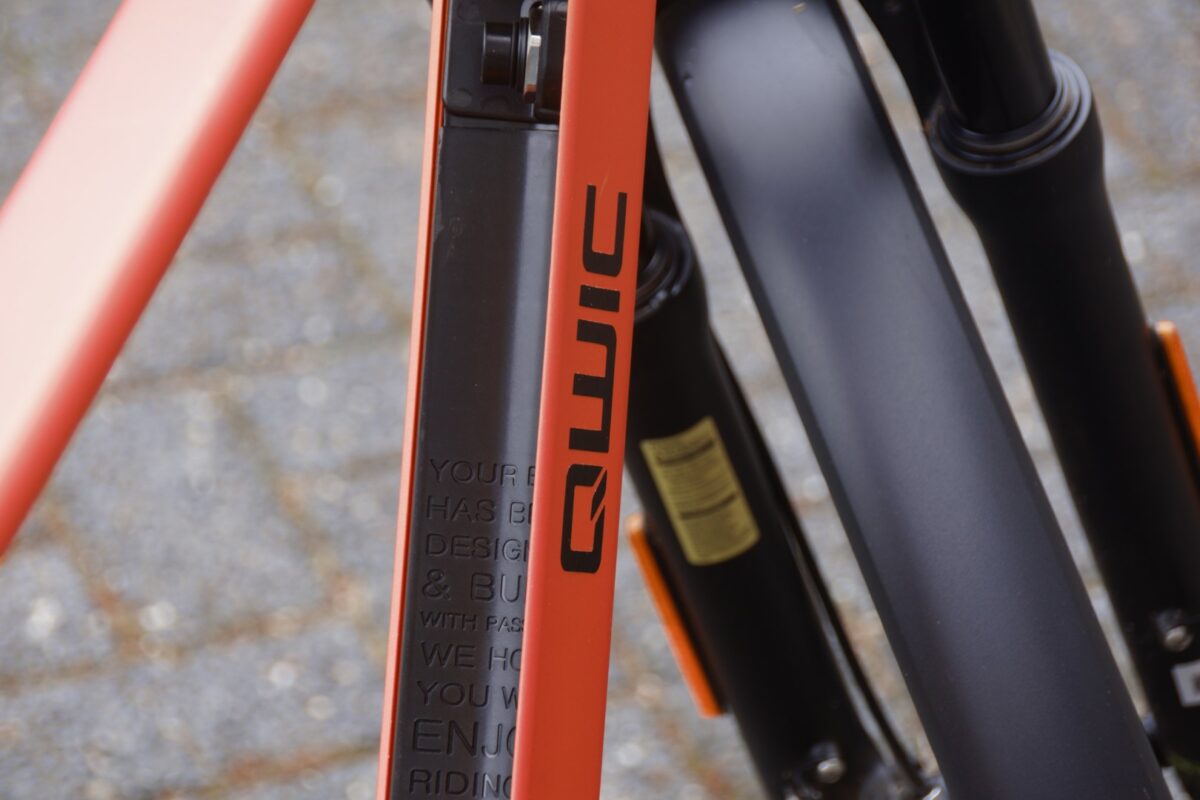
The QWIC Performance RD 11 speed is not just a normal e-bike. It’s a real monster! Push it and it tops out at ~45km/h (~28mph).
Why?
The distance between my home and work is, by bike, roughly 25km. By car, it takes me 25 minutes to get to the office. When I get back from work, I go running or work out a bit. Effectively, I’m spending 25 minutes to get to the office, 25 minutes to get back, and an additional 45 minutes or so to work out and de-stress from work. I was already looking at these bikes (speed pedelecs) for a while and knew their capabilities. Let’s take the mathematical approach: 25km with an average of, let’s say, 40km/h, would take me 37 minutes. Let’s round that up to 45 minutes. A round trip would cost me 90 minutes, roughly the same as my round trip with the car and de-stress session afterwards. This seems to be the perfect opportunity to reduce my impact on the climate and keep moving without spending additional time.
Options
Stromer ST3
Let’s have a look at the options in the market. Stromer is the Mercedes Benz of the speed pedelecs. My first test drive on a speed pedelec was on a Stomer ST3.
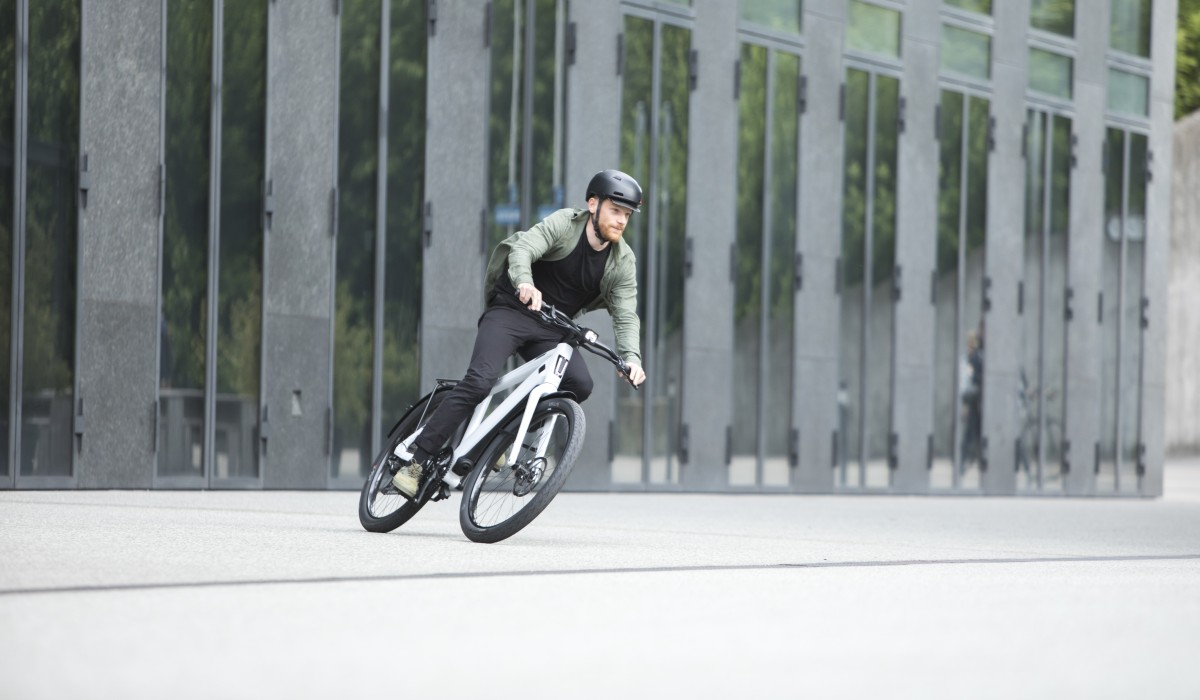
That first experience: WOW! This thing is crazy fast… But then I started looking at prices. The Stromer ST3 starts at ~7000 EUR and, including the large battery pack, seat suspension, and suspension fork, goes up to 8665 EUR. This does not include insurance or other accessories, for example, a helmet or glasses. That was a bit more than I was hoping for.
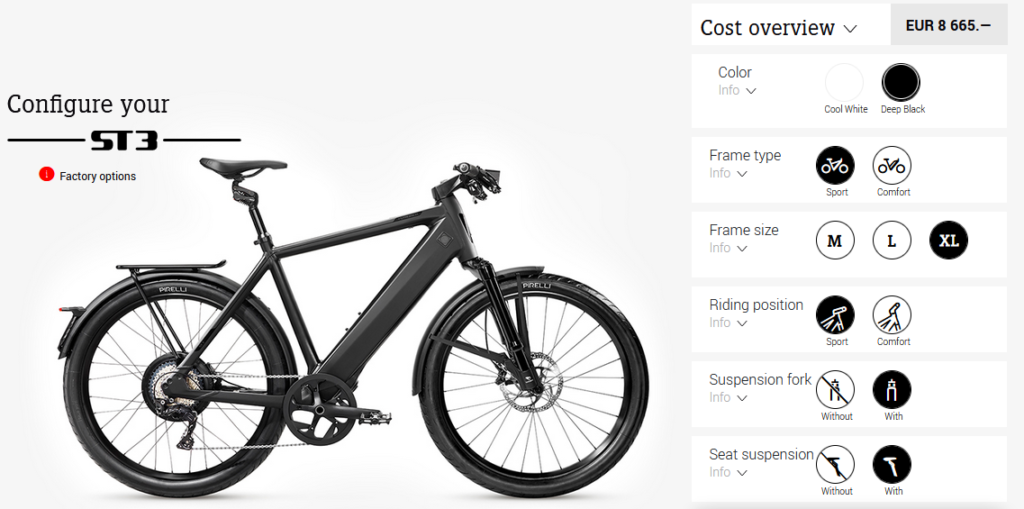
QWIC RD11 Speed
QWIC produces three types of speed pedelecs:
- MA11 Speed (Mid-engined, belt-drive, hub gear), starting at 4899 EUR
- MD11 Speed (Mid-engined, chain-drive, derailleur gear), starting at 4399 EUR
- RD11 Speed (Rear-engined, chain-drive, derailleur gear), starting at 3399 EUR
My first test-drive was on an MA11. Compared to the Stromer ST3 it was a bit of a disappointment: it wasn’t as snappy and I struggled reaching 45km/h. Doing a bit of background research this seems to be a known “issue” with mid-engined speed pedelecs: they do not feel as powerful as their rear-engined counter parts. Looking back, this could’ve also been related to a combination of the bike configuration and the cold windy weather at the day I made this test-drive. I recommend you to experience the difference between a mid-engined and rear-engined bike yourself.
Unfortunately, I couldn’t find a local dealer that an RD11 on stock for a test-drive. I figured out that QWIC build a showroom near Amsterdam. I reached out to them and I made an appointment to try the RD11.
This experience felt totally different compared to the MA11: it felt like the Stromer! I only managed to reach 27km in roughly one hour, which was not really impressive. However, the battery wasn’t fully charged and I experienced a very strong head-wind. All things considered, this was a very positive experience! Now I just had to find a local dealer.
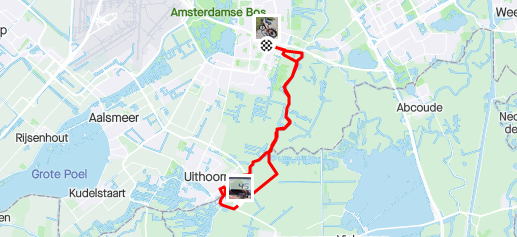
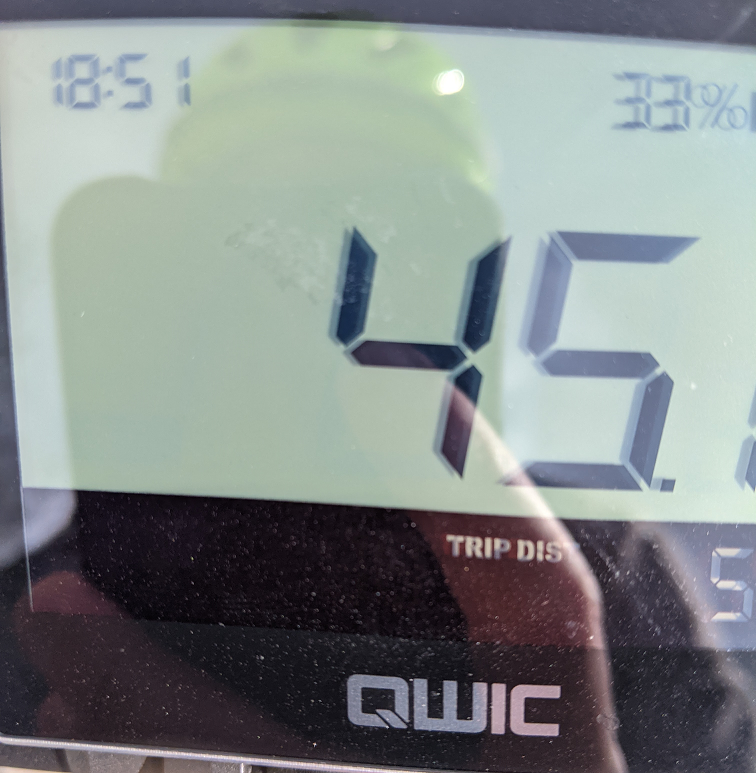
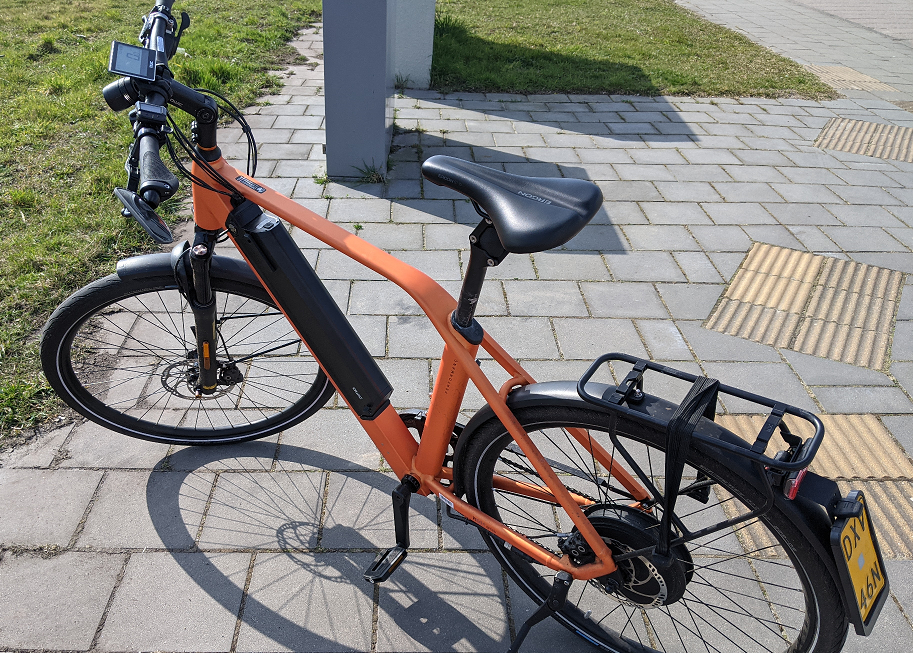
Next step: finding a dealer. I asked a couple of dealers to make an offer and decided to have a chat with Fietsenmaker Venlo. The prices where, more or less, the same.
After some discussions I returned home with a really positive feeling. The owner seemed to have a lot of experience with QWIC e-bikes. Even though this would be the first speed-pedelec he would sell, I was confident this was the right dealer. In the end we agreed on a full package price, including helmet, glasses, security lock, 735wh battery, display, and additional charger (so I can leave one charger behind at the office). Total price: ~4500 EUR. On top, I selected an ENRA speed-pedelec insurance (link refers to Dutch website) that would set me back roughly 200 EUR/year.
Daily use
I own the bike now for almost six full weeks, and I really enjoy the daily ride! In the first weeks it was making some squeaky noises, but a quick check-up at the dealer solved those problems. This seemed to be normal after using it for roughly 500km. The gallery below shows some pictures of the bike after using it for 800km and some rain. The orange colour looks really cool in my opinion!
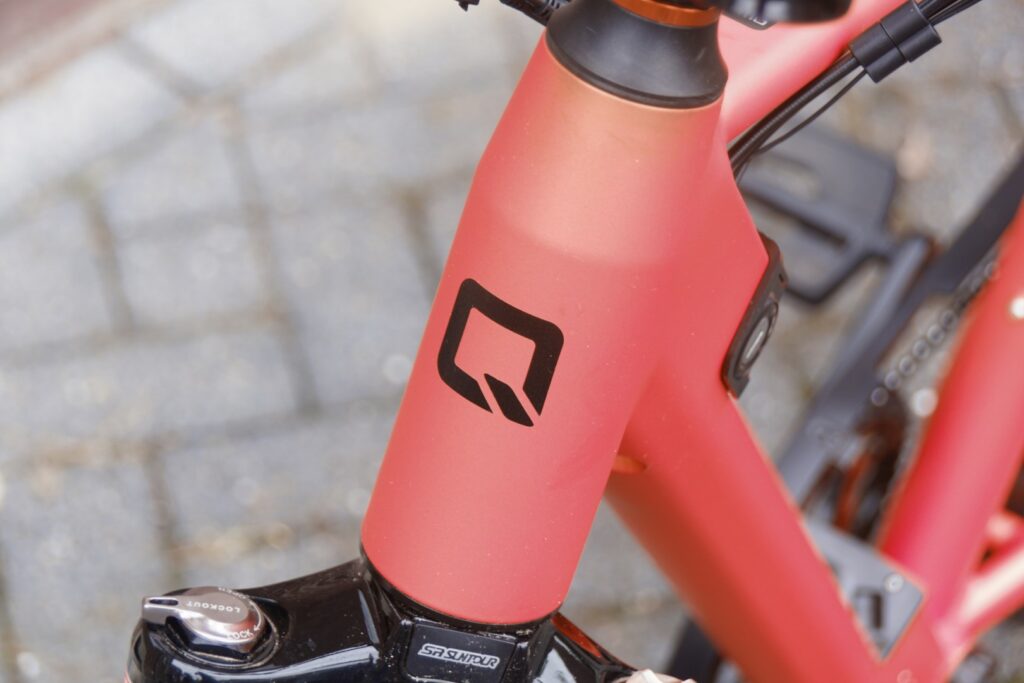
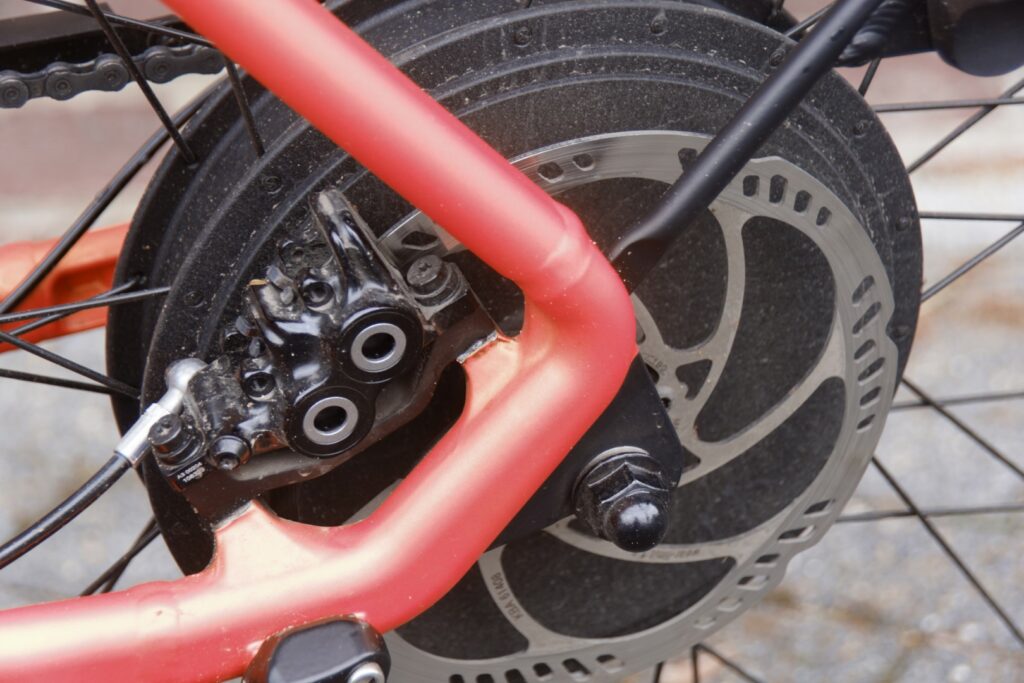
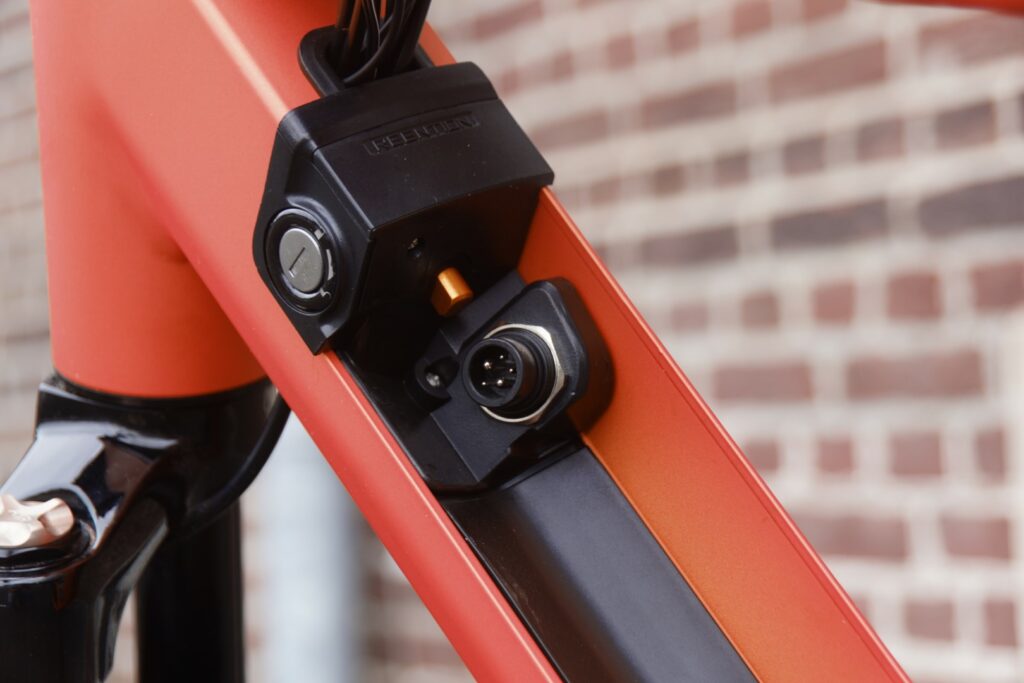
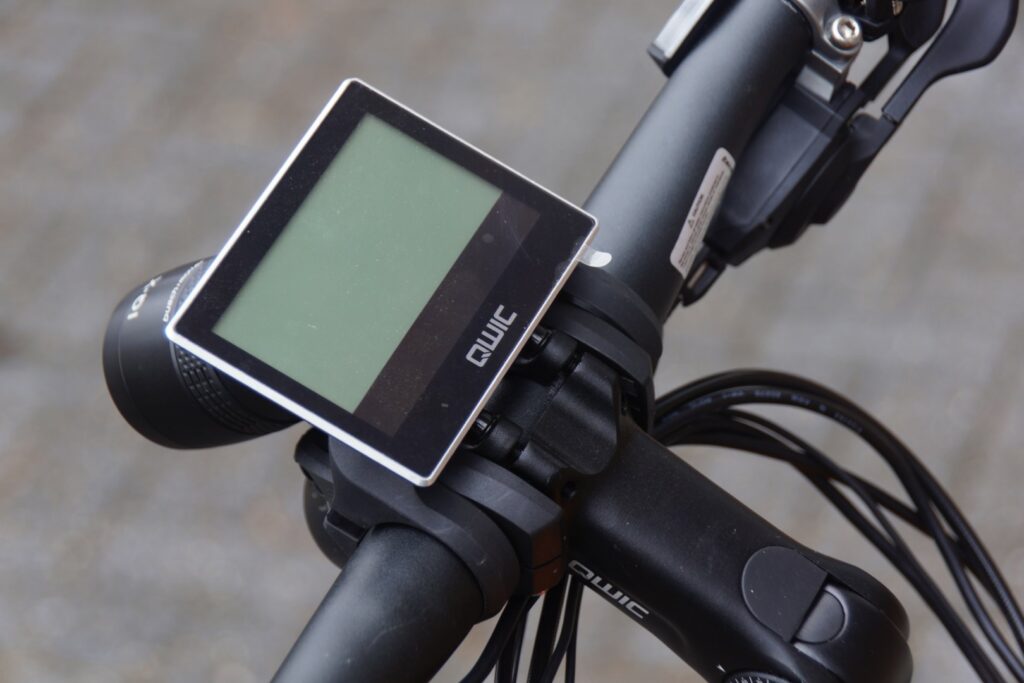
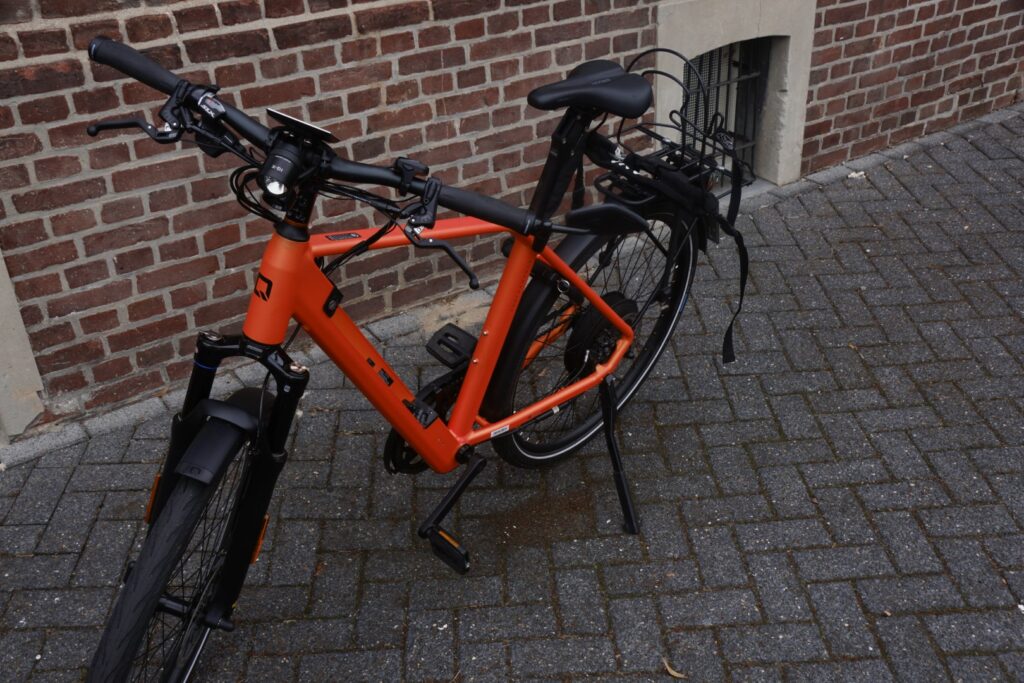
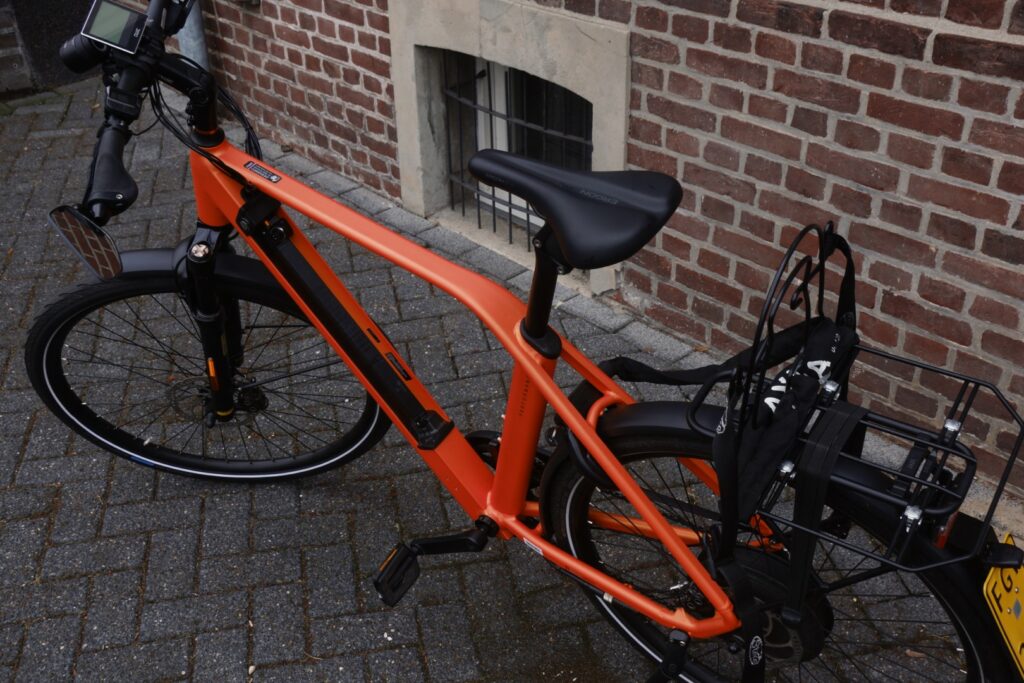
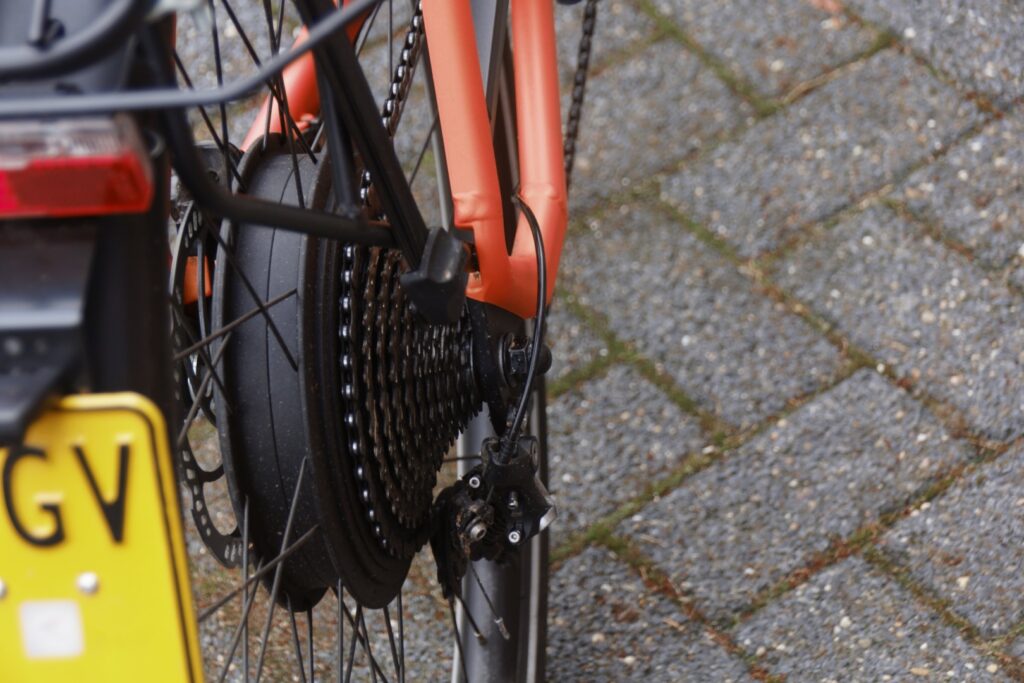
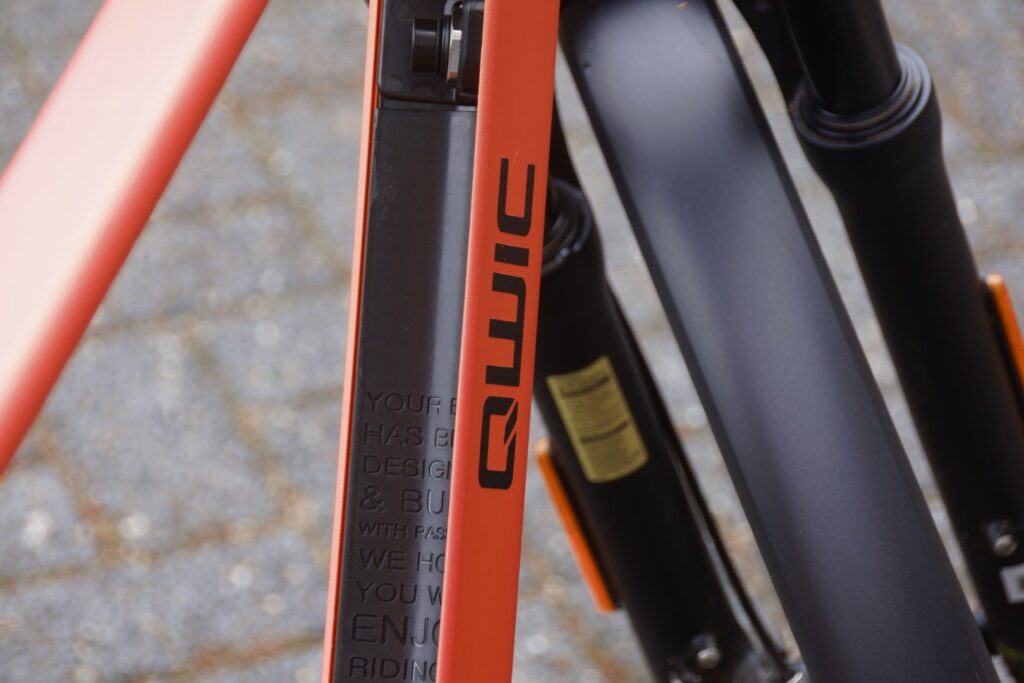
It takes me roughly 45 minutes to travel 27-30km, depending on the wind speed. An average of 37km/h is doable. My record is 30km at 45:13 with an average speed of 39.2km/h and a top speed of 56.9km/h (which I’m not sure is correct).
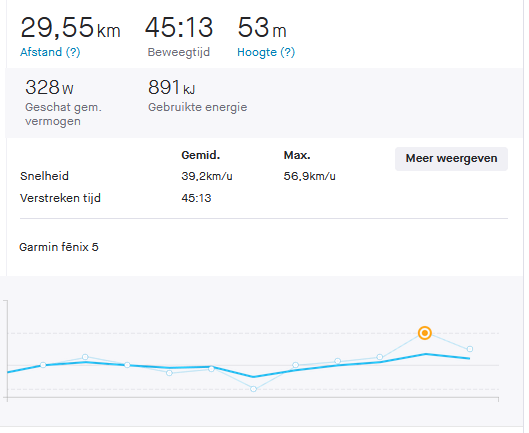
The battery performs as expected: on an average drive (one way) it consumes between 60-70% of its capacity. This gives me some room for the colder autumn and winter, and some degradation over the next couple of years. This is something I should keep an eye on over the next couple months.

